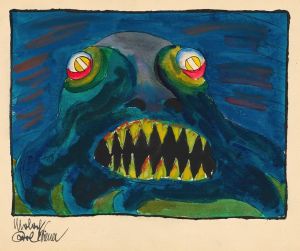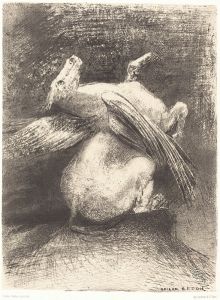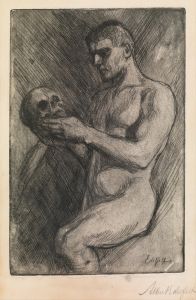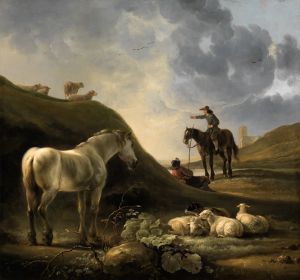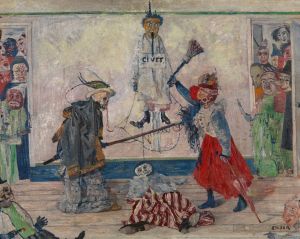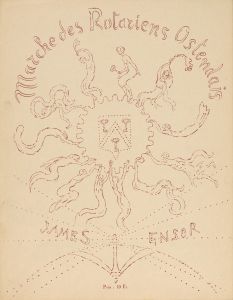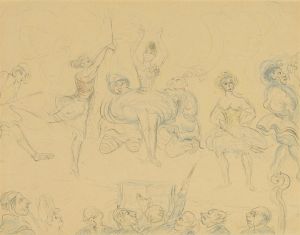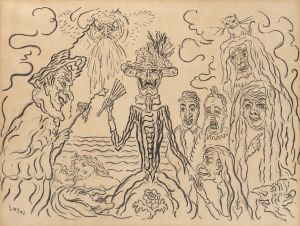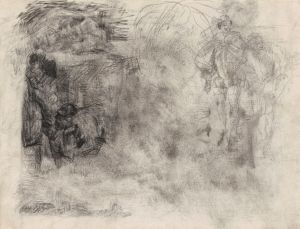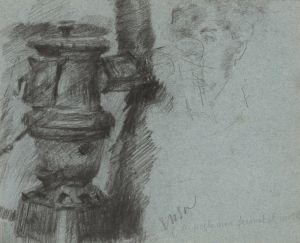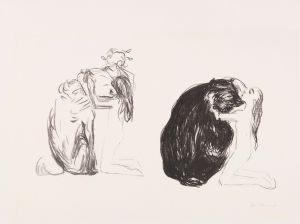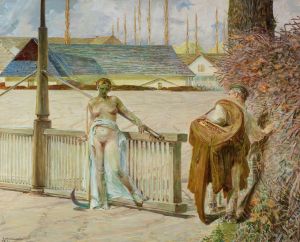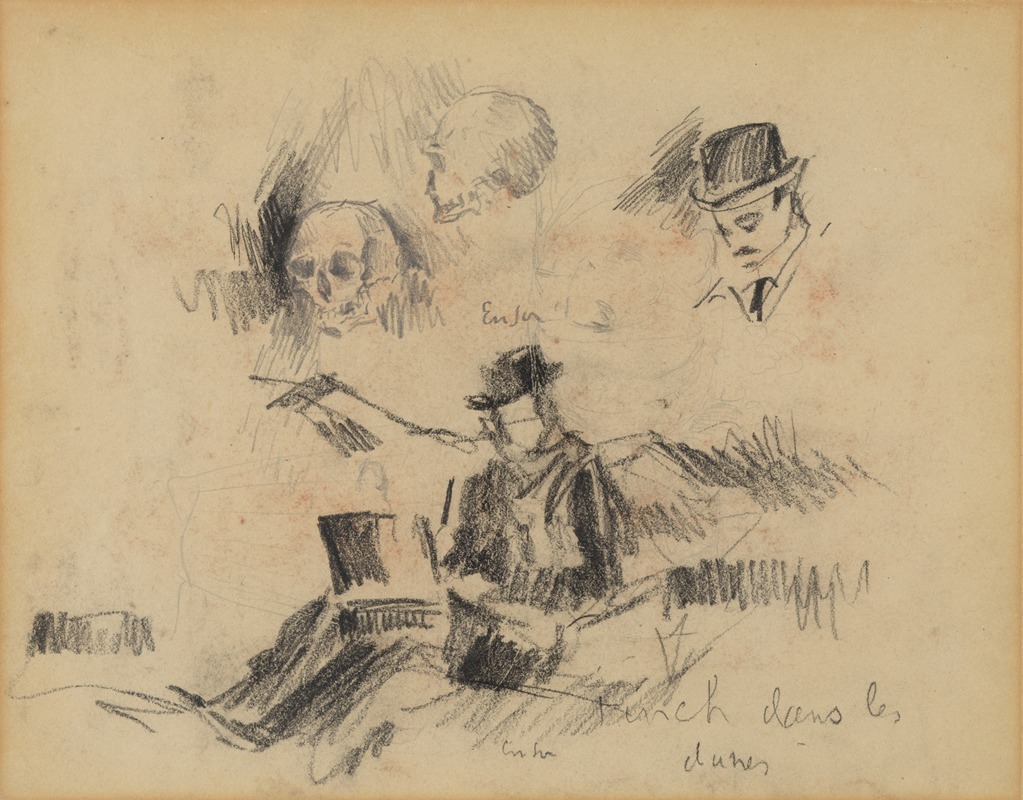
Doodshoofden en Willy Finch in de duinen
A hand-painted replica of James Ensor’s masterpiece Doodshoofden en Willy Finch in de duinen, meticulously crafted by professional artists to capture the true essence of the original. Each piece is created with museum-quality canvas and rare mineral pigments, carefully painted by experienced artists with delicate brushstrokes and rich, layered colors to perfectly recreate the texture of the original artwork. Unlike machine-printed reproductions, this hand-painted version brings the painting to life, infused with the artist’s emotions and skill in every stroke. Whether for personal collection or home decoration, it instantly elevates the artistic atmosphere of any space.
James Ensor, a prominent Belgian painter, is known for his unique and often provocative works that blend elements of realism, symbolism, and expressionism. One of his intriguing paintings is "Doodshoofden en Willy Finch in de duinen," which translates to "Skulls and Willy Finch in the Dunes." This painting is a testament to Ensor's fascination with themes of mortality, the grotesque, and the absurd, which are recurrent throughout his oeuvre.
James Ensor was born in 1860 in Ostend, Belgium, and spent most of his life there. His work is characterized by its bold use of color, intricate detail, and often macabre subject matter. Ensor was a key figure in the development of modern art in Belgium and was associated with the avant-garde group Les XX (The Twenty), which included other notable artists of the time.
"Doodshoofden en Willy Finch in de duinen" was created during a period when Ensor was exploring themes related to death and the human condition. The painting features skulls, a common motif in Ensor's work, which he used to symbolize the inevitability of death and the transient nature of life. The inclusion of Willy Finch, a fellow artist and friend of Ensor, adds a personal dimension to the work. Finch was a member of Les XX and shared Ensor's interest in pushing the boundaries of traditional art.
The setting of the dunes is significant as well. Ensor often depicted the landscapes of Ostend and its surroundings, using them as a backdrop for his explorations of existential themes. The dunes, with their ever-shifting sands, serve as a metaphor for change and impermanence, reinforcing the painting's contemplation of mortality.
Ensor's technique in this painting reflects his mastery of color and form. He employs a vivid palette, with striking contrasts that draw the viewer's attention to the central figures. The skulls are rendered with a level of detail that highlights their eerie presence, while the dunes are depicted with a more fluid and dynamic brushwork, capturing the essence of the natural landscape.
The painting is also notable for its composition. Ensor's arrangement of the elements creates a sense of movement and tension, guiding the viewer's eye across the canvas. The juxtaposition of the human figure with the skulls invites reflection on the relationship between life and death, a theme that Ensor revisited throughout his career.
"Doodshoofden en Willy Finch in de duinen" exemplifies Ensor's ability to blend the personal with the universal, using his art to explore complex themes in a way that is both accessible and thought-provoking. His work has had a lasting impact on the art world, influencing subsequent generations of artists and contributing to the development of modern art movements.
Today, James Ensor is celebrated as one of Belgium's most important artists, and his works are held in high regard by art historians and collectors alike. "Doodshoofden en Willy Finch in de duinen" remains an important piece within his body of work, offering insight into his artistic vision and the themes that preoccupied him throughout his life.





